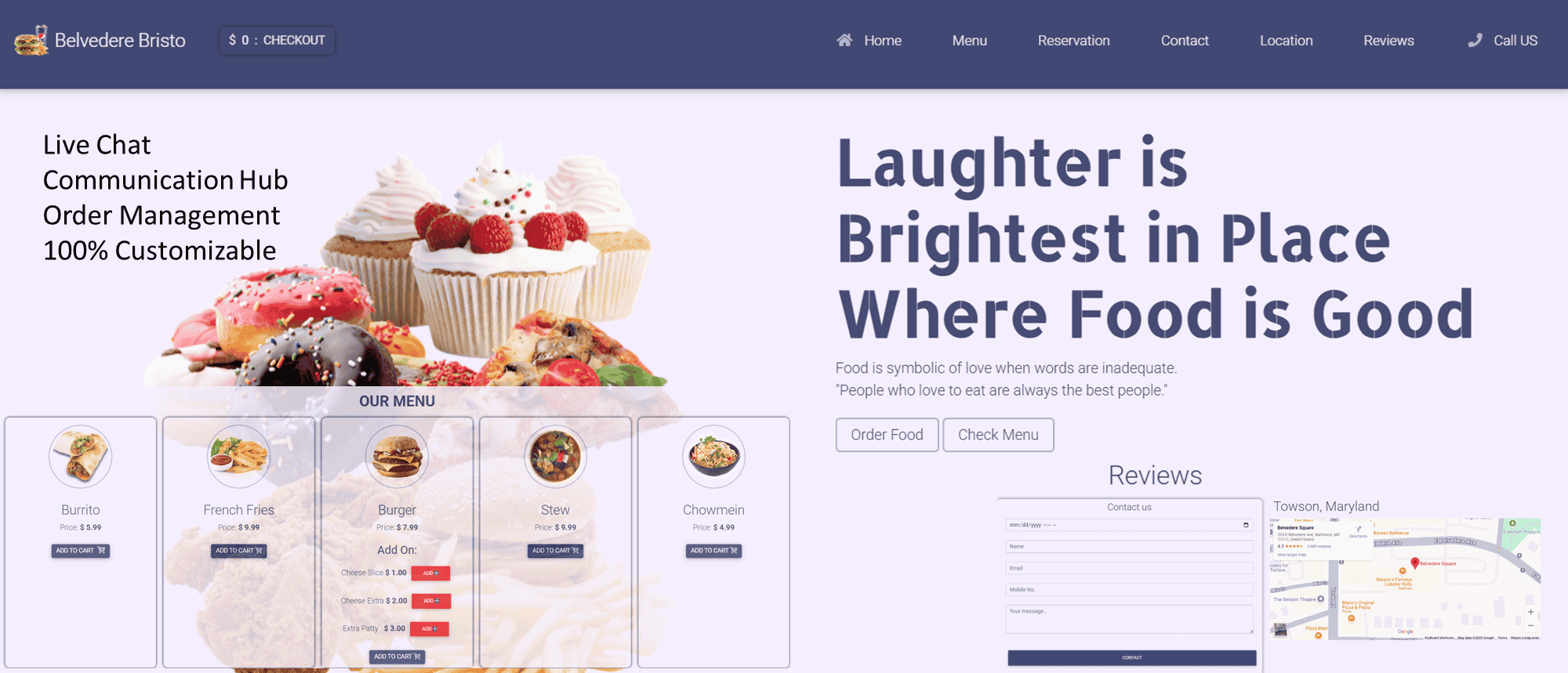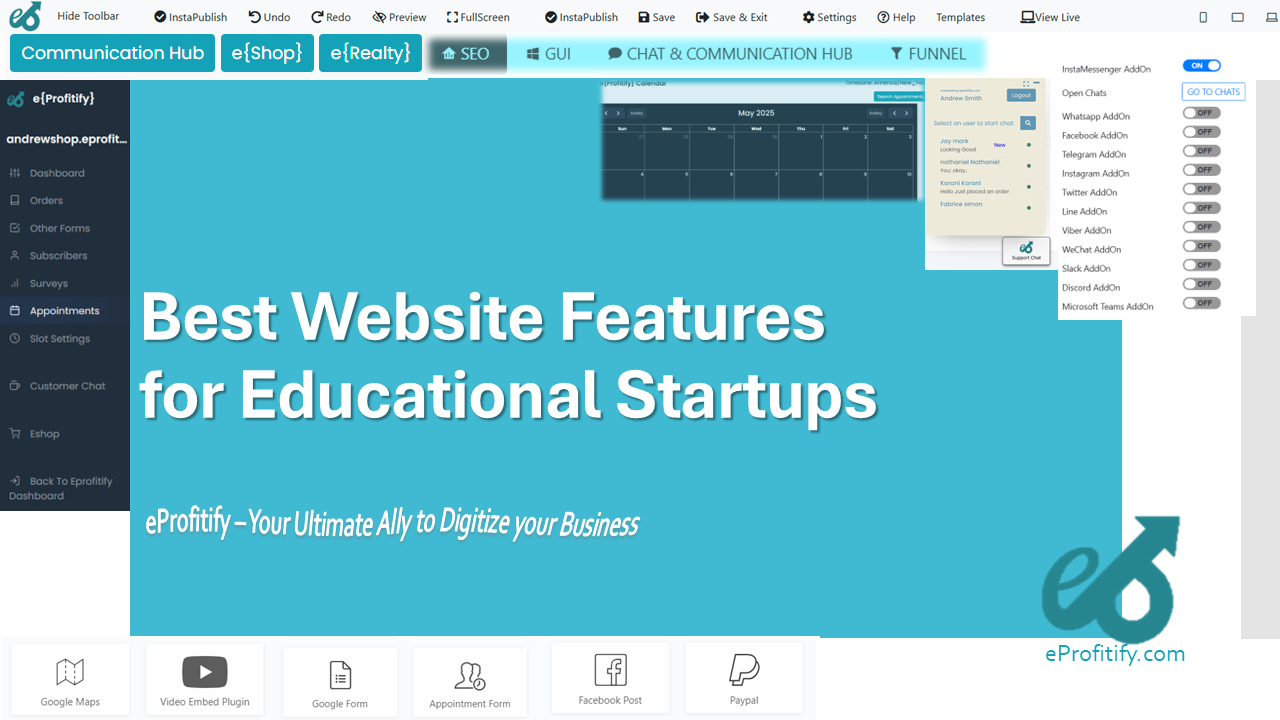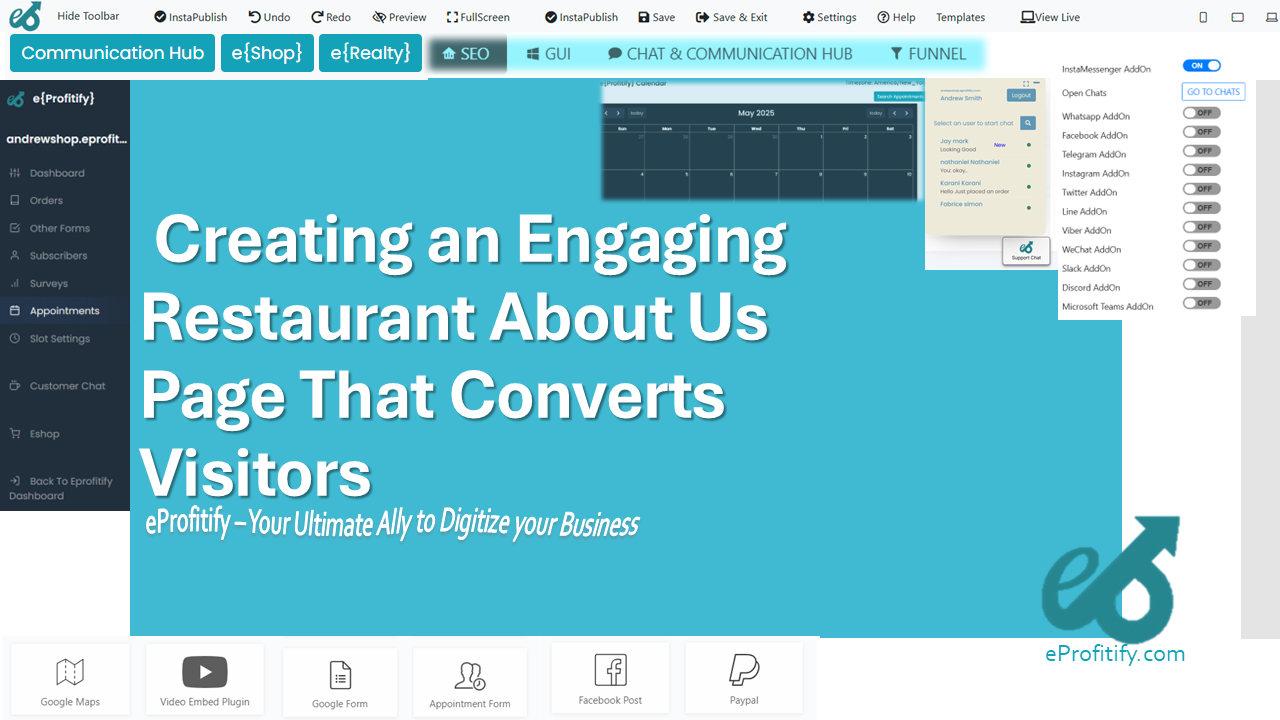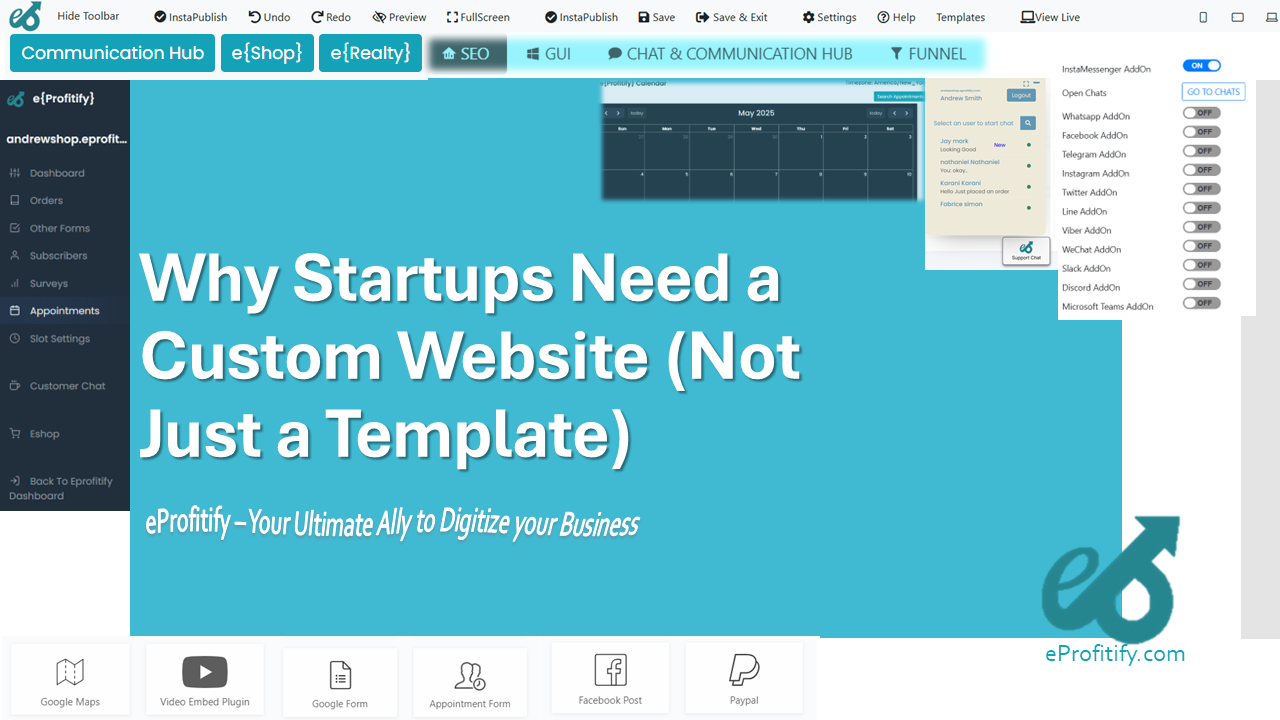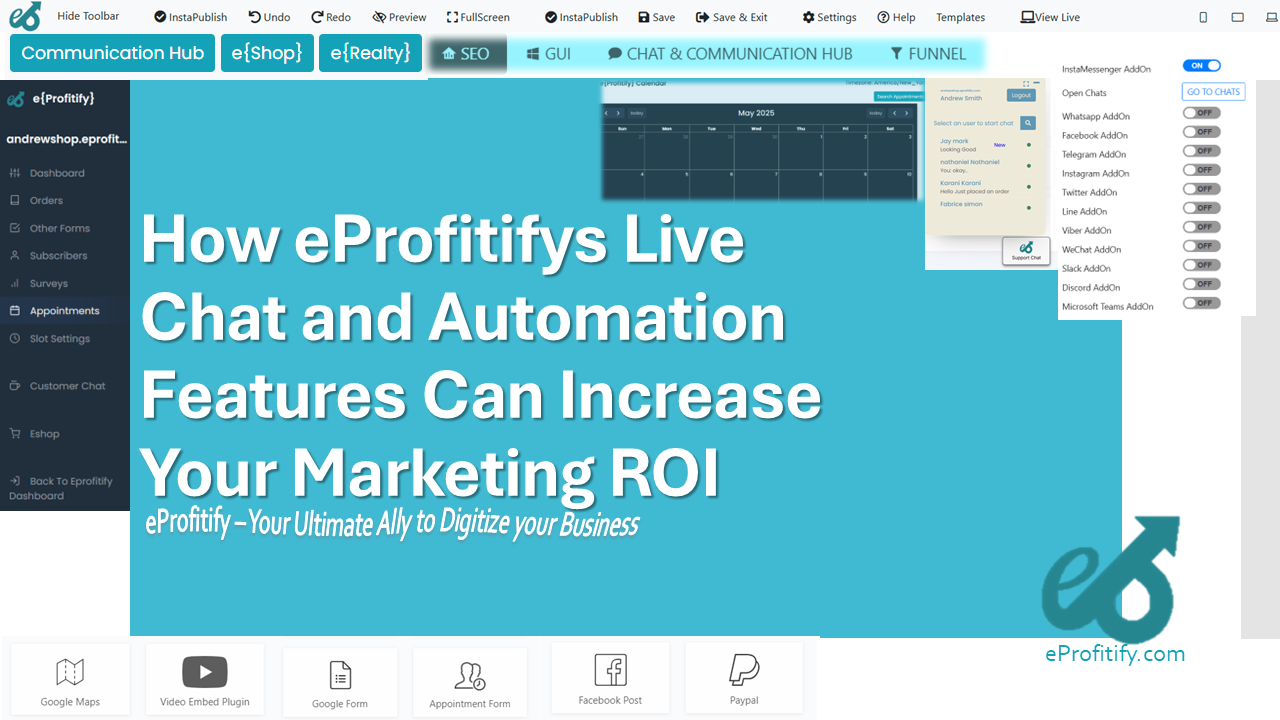How to Use E-Signature Platforms for Contract Management
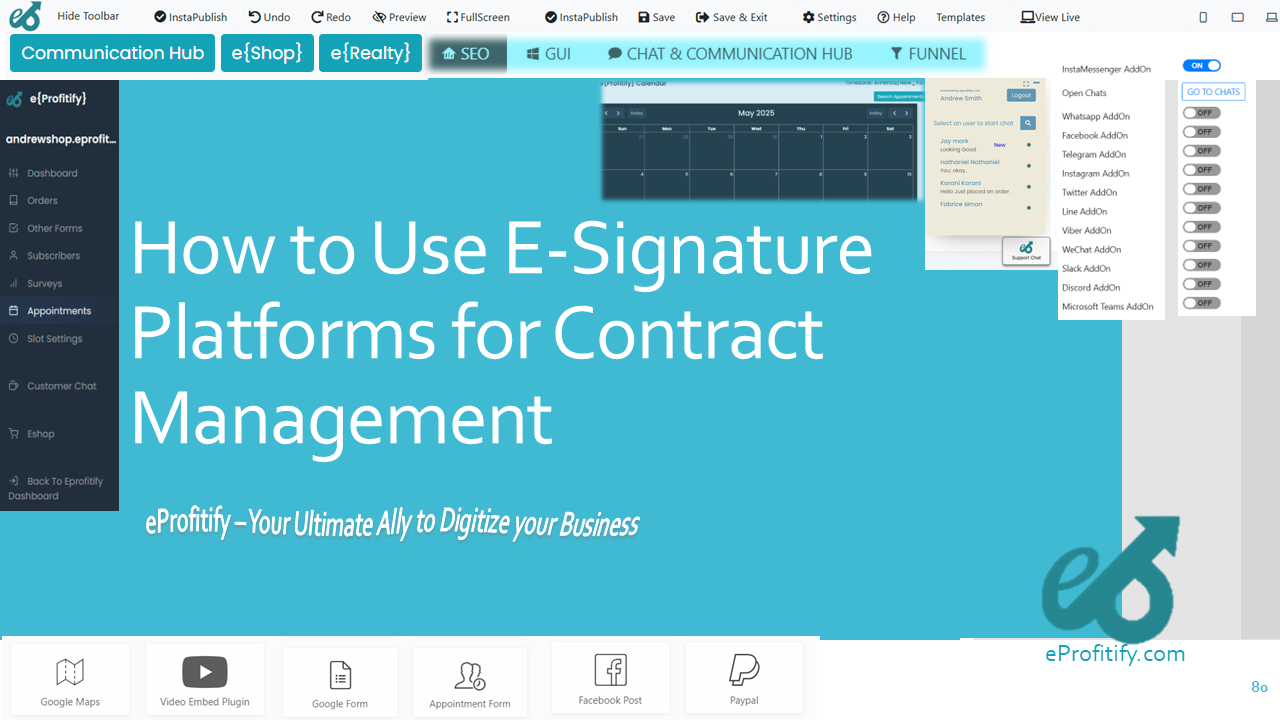
How to Use E-Signature Platforms for Contract Management
Streamlining Workflows with Technology and Data-Driven Insights
The digital transformation of business operations has revolutionized how organizations manage contracts. Traditional paper-based processes are increasingly being replaced by e-signature platforms, which offer speed, security, and scalability. By 2023, the global e-signature market reached $5.5 billion and is projected to grow at a compound annual growth rate (CAGR) of 26.3% through 2030, driven by demand for remote collaboration tools and paperless workflows (Grand View Research). In this context, integrating e-signature solutions into contract management not only accelerates deal cycles but also enhances compliance and reduces operational costs. Let’s explore how businesses can leverage these platforms effectively, while also highlighting the role of tools like eProfitify—a leading website publishing and management platform with CRM, ecommerce, and productivity features suited for modern businesses.
Understanding E-Signatures and Their Legal Validity
Electronic signatures (e-signatures) are legally recognized in most countries, including under the U.S. ESIGN Act (2000) and the EU’s eIDAS Regulation (2016). They provide the same enforceability as wet signatures, provided they meet criteria like consent, intent, and auditability. Platforms like DocuSign, Adobe Sign, and HelloSign use encryption and authentication protocols to ensure security, making them indispensable for industries like finance, healthcare, and real estate. According to a 2023 report by Gartner, 89% of enterprises now use e-signature tools to manage agreements, up from 57% in 2020, reflecting rapid adoption post-pandemic.
Benefits of E-Signature Platforms for Contract Management
- Speed and Efficiency
E-signatures eliminate manual steps like printing, scanning, and mailing. Contracts that once took days to finalize can now be signed in minutes. A Forbes study found that e-signatures reduce contract turnaround time by 80%, boosting productivity. - Cost Savings
Switching to digital processes saves an average of $20 per document by cutting paper, ink, and administrative costs (APQC). - Enhanced Security
Features like multi-factor authentication, audit trails, and tamper-proof seals ensure compliance with regulations like GDPR and HIPAA. - Environmental Impact
Reducing paper usage aligns with sustainability goals—62% of businesses prioritize eco-friendly tools as part of CSR initiatives (Deloitte).
How to Implement E-Signatures in Contract Management
1. Choose the Right Platform
Select a solution that integrates with your existing systems (e.g., CRM, cloud storage). Look for:
- Compliance with regional regulations.
- User-friendly interface for all stakeholders.
- Mobile optimization.
2. Create and Customize Templates
Use pre-built templates for common contracts (NDAs, service agreements) to ensure consistency. Platforms like PandaDoc allow dynamic fields for personalized terms.
3. Send Contracts Securely
Invite signers via email or SMS. Advanced platforms offer identity verification methods, such as:
- SMS-based OTPs.
- Knowledge-Based Authentication (KBA).
- Biometric verification.
4. Automate Workflows
Set up approval chains and reminders for pending signatures. For example, a sales contract can automatically route to legal teams for review before reaching the client.
5. Monitor and Archive
Track contract status in real time via dashboards. Post-signature, store documents in encrypted cloud repositories like SharePoint or Google Drive, ensuring easy retrieval during audits.
6. Integrate with Business Tools
Connect e-signature platforms to CRM, project management, or ERP systems. For example, syncing DocuSign with Salesforce ensures signed contracts instantly update deal records. This is where holistic platforms like eProfitify add value by unifying e-signature workflows with broader business operations.
eProfitify: Enhancing Contract Management with All-in-One Solutions
While e-signature platforms excel at streamlining agreements, businesses need end-to-end tools to manage customer relationships, appointments, and sales. eProfitify emerges as a powerhouse for small to mid-sized enterprises, offering:
- CRM Integration: Sync signed contracts with client profiles for seamless follow-ups.
- Instant Messaging: Communicate with stakeholders in real time via built-in chat.
- Appointment Management: Automated reminders reduce no-shows and keep projects on track.
- Ecommerce Tools: Generate and sign sales agreements directly from product listings.
- Analytics: Track contract lifecycle metrics alongside sales performance.
A 2023 case study showed that businesses using eProfitify alongside e-signature tools reduced administrative overhead by 35% and improved client retention by 22%, thanks to centralized data and automated workflows.
Statistics Reinforcing the Shift to Digital
- 82% of companies report faster revenue cycles after adopting e-signatures (Docusign).
- 74% of legal teams say digitizing contracts cut errors by over 50% (Aberdeen Group).
- Hybrid work models have spurred a 63% increase in e-signature usage since 2020 (PwC).
Best Practices for Success
- Train Teams: Ensure employees understand compliance requirements and platform features.
- Audit Regularly: Review access logs and encryption standards to prevent breaches.
- Combine Tools: Platforms like eProfitify bridge gaps between e-signatures, CRM, and marketing, creating a cohesive workflow.
Conclusion
E-signature platforms are essential for modern contract management, offering undeniable efficiency and cost benefits. However, maximizing their potential requires integration with comprehensive tools like eProfitify, which centralizes communication, sales, and client management. As remote work and digital transactions dominate, businesses prioritizing these technologies will lead in agility, customer satisfaction, and profitability.
By adopting e-signatures and pairing them with eProfitify’s versatile toolkit, organizations can future-proof their operations while delivering exceptional stakeholder value. The numbers don’t lie—digital transformation isn’t just an option; it’s a competitive necessity.


